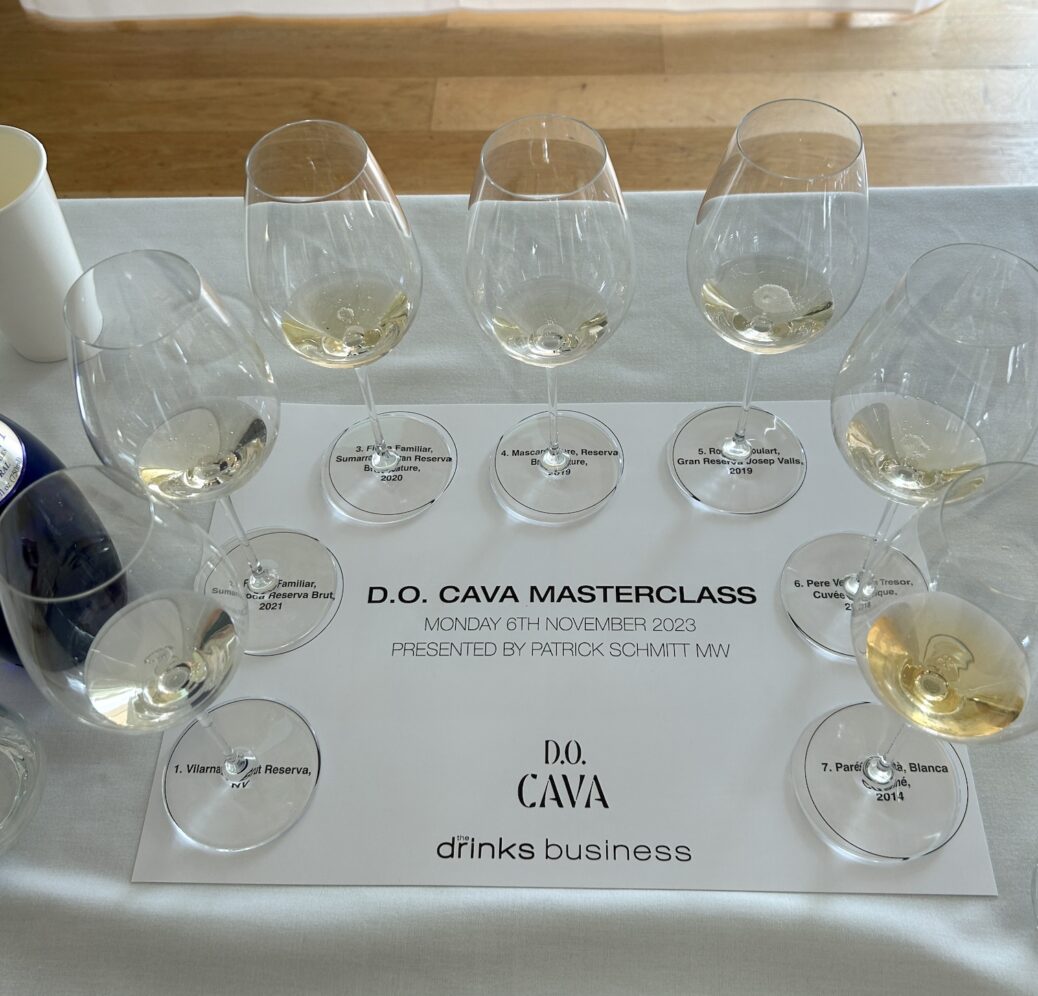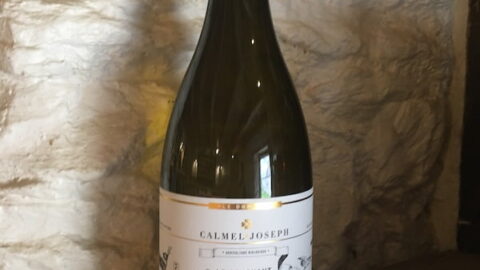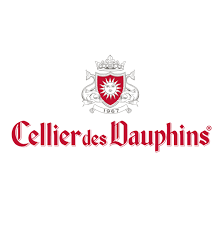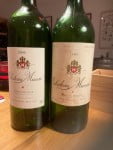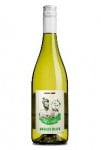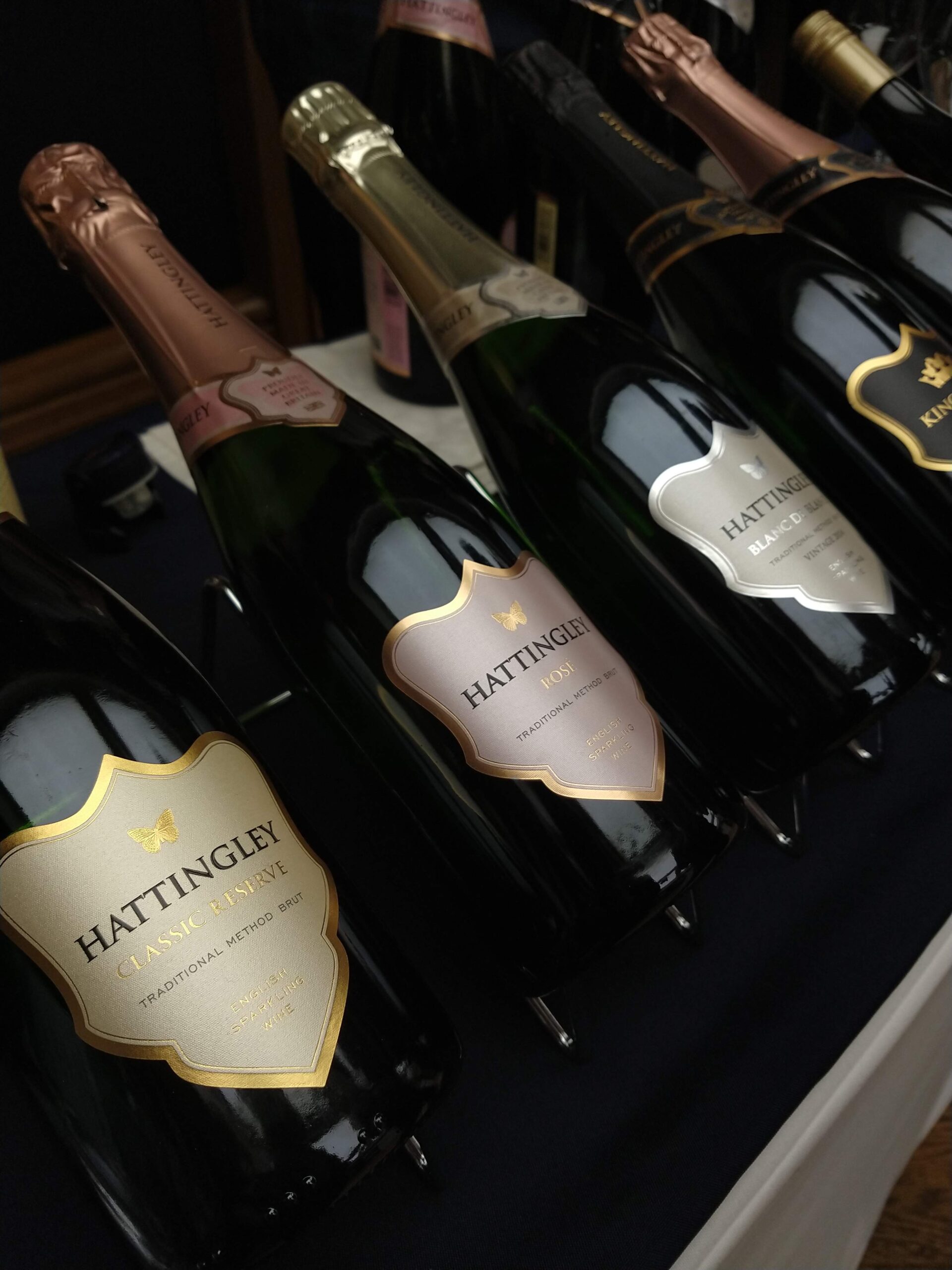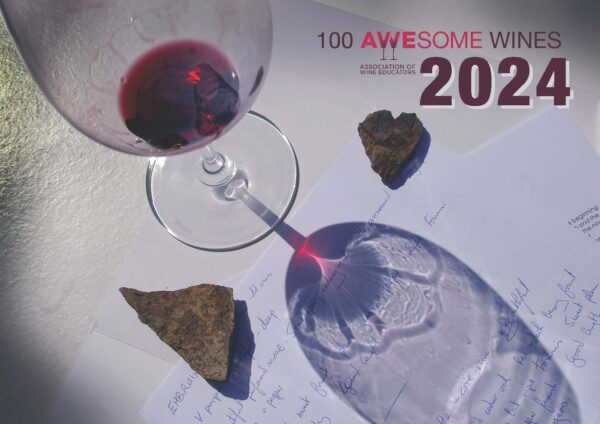The recent D.O. Cava Masterclass hosted by Patrick Schmitt MW on behalf of The Drinks Business was a great example of how much richer your appreciation of something can be with a better understanding of the theory behind it. Being Educators we’ve probably all heard of the changes afoot in Cava – disgruntled boutique producers opting out of the category which is dominated by the behemoths Freixenet and Codorniu. And the breakaway group Corpinnat (meaning “Heart of Penedès”) that currently has 11 producer members who adhere to its strict 18 months minimum ageing, 100% organic and indigenous grapes only stipulations. These, plus other opt-out groups have given D.O. Cava a call to action to seriously consider and streamline what the D.O. stands for. Reading about the theory is well and good but it’s one piece of a bigger picture which is bought to life by tastings such as these and without which, I for one, find it difficult to fully grasp and talk about.
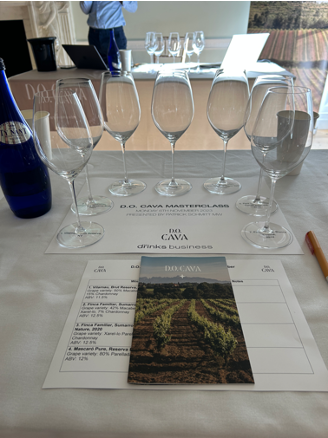
So what do you say if someone asks you to talk about what Cava D.O. is up to and how this impacts the wine in your glass?
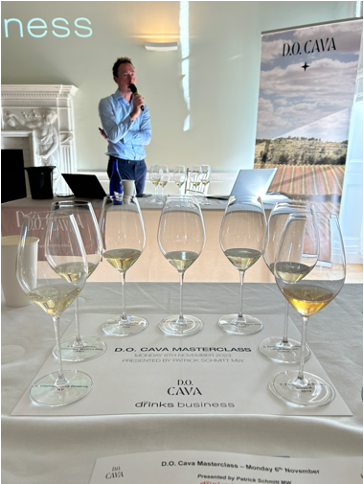
1. It’s incredibly good value and it tastes great! In recent blind tastings it performs well, often achieving “golds’ in the sub £10 category. It also does well at the toppier end of the spectrum, achieving top places alongside premium Franciacorta. It has riper fruit than most of the well-known sparkling wines such as Champagne and English but grown at altitudes of 500-800masl, it has good acidity and ripe fruit flavours such as yellow fruit, ripe apple and even pineapple. It is cheaper than other Traditional Method sparklers not because they cut corners on the production but because the grapes per kilo are so much cheaper – averaging €0.5/kg relative to Champagne’s €6-7/kg.
2. Any Cava produced in the D.O which is 100% pressed and vinified at the property is awarded a “Integral Producer Stamp” which appears on the label to indicate full and careful control of its production.
3. The D.O. is broken down into 2 main categories – de Guarda and de Guarda Superior. De Guarda’s are aged for minimum of 9 months and are light and fruity. De Guarda Superior category is the exciting bit where it’s all happening! The Superior category represents 13% of the total Cava production and the D.O. is hoping that the halo effect kicks in and brings in interested consumers at the top end as well as inviting de Guarda producers to up their game.
4. There are a number of stipulations, but notably all Superior necessarily have to be 100% organic by 2025 and display the vintage. The category is broken down into Reserva (min ageing 18 months), Gran Reserva (min 30 months) and the rarely awarded De Paraje Calificado (min 36 months ageing, 48hL/ha max yield) which come from unique plots of exceptional terroir. All categories are helpfully signalled to the consumer either by a corresponding capsule colour or by a coloured round seal on top of the capsule – de Guarda being green, Reserva – silver, Gran Reserva – gold, Paraje Calificado – antique gold
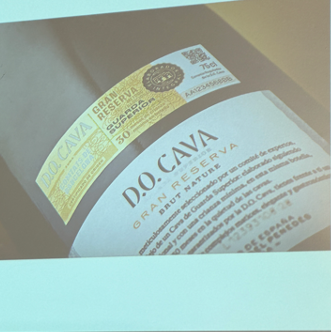
5. Unlike in Champagne where the grower and producer are often disconnected, Cave de Guarda Superior has identified 4 different municipalities around Penedes where it’s possible to taste the impact of the the terroir in the glass: Comtats de Barcelona, Valle del Ebro, Viñedos de Almendralejo, Zona de Levante (this last one is a working title for now). The zone has to appear on the Superior label. The producer has the option of drilling down, possibly for the more engaged consumer, to 7 subzones where its felt the microclimate has an recognisable effect on the final wine.
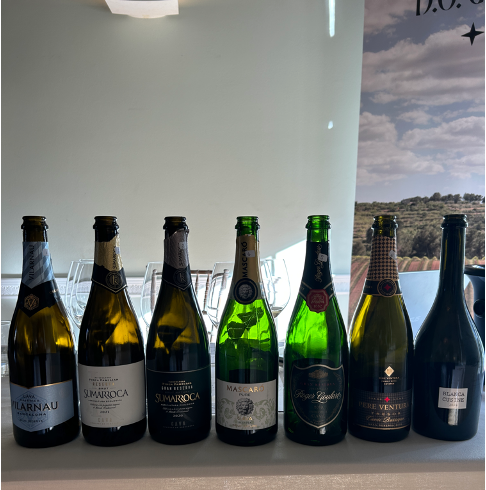
The wines we tasted illustrated the high quality and range of wines coming out of Cava. The wines benefited from the riper fruit profile to have relatively low dosage and were often quite textural, with a lovely chalky finish. The long lees ageing came across in a toasty, creamy note and the older wines showed their age with a lovely honeyed and cooked apple note. As the fruit is riper than many other sparkling territories, Cava does age that little bit faster. The 2014 Parés Baltà, Blanca Cusiné which had spent a minimum of 80 months on the lees was coffee, burnt caramel and walnut which may have gone a bit far for some but was a fascinating to taste as an example of the effects of a long but slow Maillard reaction. 4 years younger, the 2018 Pere Ventura Tresor, Cuvée Barrique was a more youthful expression where the 40% Chardonnay had been handled oxidatively in barrique. After spending a minimum of 36 months on the lees, the wine showed incredible complexity and intensity, especially for £22. With cooked and dried fruits, hazelnut, honey and ginger, it was a great gastronomic wine and signalled the capabilities of and opportunities for this underrated sector.

